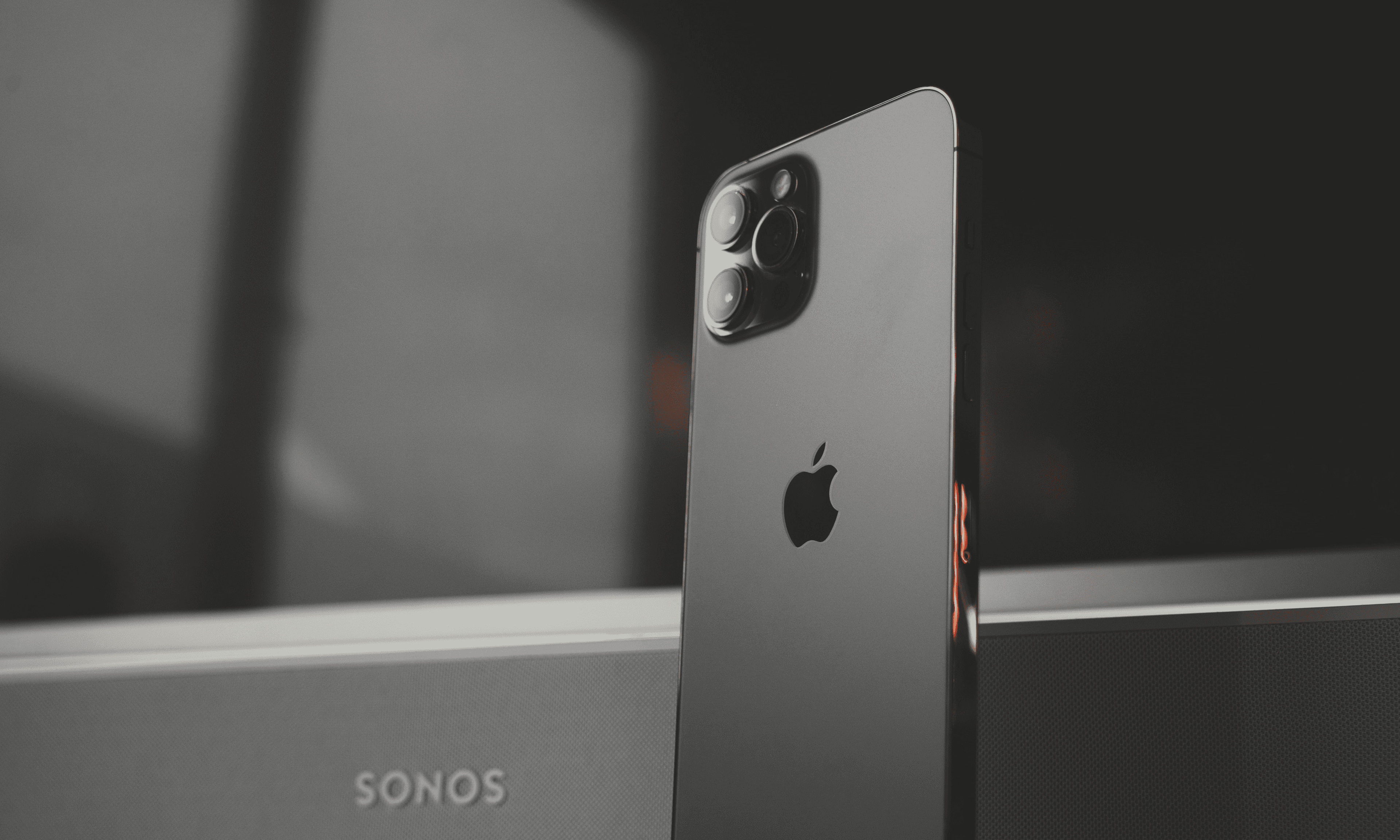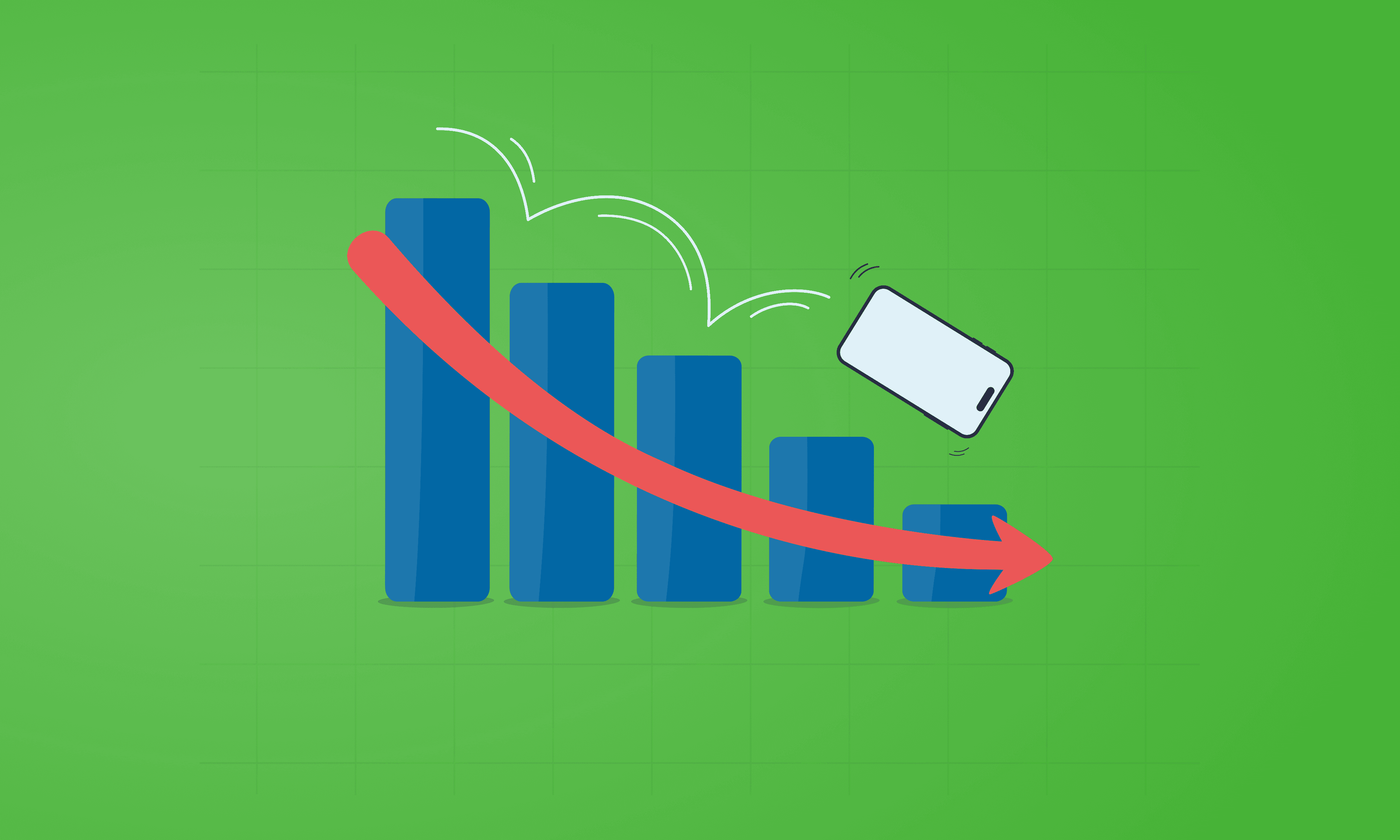Key highlights from Apple’s 2020 environmental report and sustainability goals.

Written by Andrew Marchant, Marketing Manager | Privacy, Money-Saving and Parenting Advice
Last updated on 11 December 2025

Apple have released their environmental report for 2020, which outlines their sustainability practices across all stages of the supply chain, from manufacturing to packaging across all stages of the production cycle. We will be analysing this information and highlighting some of the key facts that Apple have disclosed in their report to see if they are on track to achieving their sustainability goals by 2030.
Over the course of 2020, many of us have been reevaluating what is truly important to us, including the development of a more appreciative and harmonious relationship with the environment. As some of us have had the opportunity to slow down and reconnect with the natural world before returning to our places of work, now seems like a pertinent time to assess the sustainability practices of the largest organisations on the planet. So, how exactly has Apple been performing over the past year? If the award from the UN for their achievement in reducing a significant amount of their carbon emissions is anything to go by - rather well.
Photo by Fas Khan on Unsplash
Apple measures its carbon footprint across its entire value chain, which includes every step of their manufacturing and commercial processes. In 2019, Apple’s carbon footprint was around 25.2 million metric tonnes from 27.5 million metric tonnes, which is a reduction of 2.3 million metric tonnes from the previous year. In 2020, their carbon footprint is 25.1 million metric tonnes. According to the data that Apple has shared from 2015 to 2020, there has been a 35% reduction of their carbon footprint overall. This data suggests that Apple is on track to achieving their goal to go carbon neutral by 2030, which is a 75% reduction in emissions from 2015.
Waste generation can be defined as the ways in which materials are disposed of after they have been consumed. This will involve either getting left on landfill sites, stored as hazardous waste, composted (if it is a natural product), or converted into reusable energy. Apple has continued their trend of converting their waste into recycled materials by rethinking waste “as a resource” thanks to their helpful robots Daisy and Dave. These machines disassemble old devices to recover materials, which are then reused in new devices.
The result of this has been that the iPhone, iPad, Apple Watch, AirPods, HomePod and Apple TV products have been certified as UL Zero Waste to Landfill. This is undeniably an impressive feat from Apple, and we look forward to seeing them make even more progress between now and 2030. Below are the rough figures:
Landfilled (municipal solid waste): 17400000 kg
Recycled: 32800000 kg
Composted: 4940000 kg
Hazardous waste: 2770000 kg
Waste to energy: 512000 kg
Take a look at the graphs below to see how we have represented this data visually across all of the waste generation categories together and individually:
There has been an overall increase in landfill waste (approximately 2700000 kg), and while this means that there has been more waste left on landfill sites compared to the previous year, Apple did succeed in recycling more of their waste than the year before. The rise in landfill waste is to be expected to some extent given the growth of the company.
Apple also managed to slightly reduce the amount of hazardous waste from last year (by approximately 82100 kg), while increasing the amount of composted waste (approximately 220000 kg) and waste to energy (approximately 10900 kg), which are part of achieving a circular economy.
As well as Apple themselves diverting more waste from landfill sites, their suppliers were given the opportunity to join a Zero Waste programme which launched in 2015 with the aim of diverting all of their waste from landfill. Over the course of the programme, over 1.3 million metric tonnes of waste have been saved. This is a great effort from Apple, and we look forward to seeing this trend continue.
In terms of Apple’s use of plastics which we also explored in last year's article, Apple are aiming to reduce the amount of plastic in their packaging by 2025. Over the past four years, Apple have succeeded in decreasing the amount of plastic in their packaging by up to 58%. Below is the breakdown of specific products that came out in fiscal year 2019 and how much plastic was reduced:
Photo by Daniel Romero on Unsplash
Cover photo by Carles Rabada on Unsplash

The iPhone used to define innovation. Now every new model feels the same. Is Apple’s story running out of pages?

See which Apple, Samsung and Google phones hold their value best over the first and second year on the market.
With Pixels becoming a decent contender for your upgrade choice, we’ve crunched the numbers to reveal depreciation patterns of Google Pixel phones.